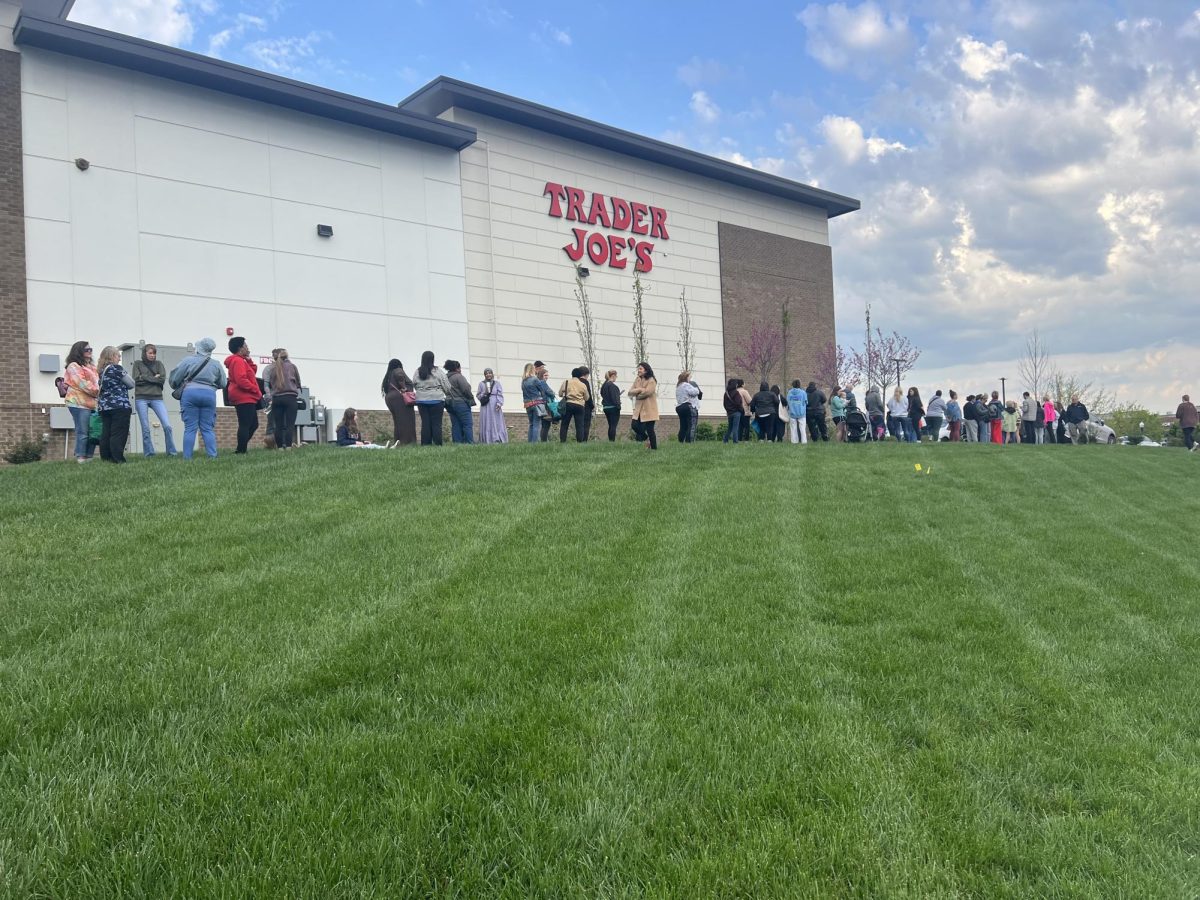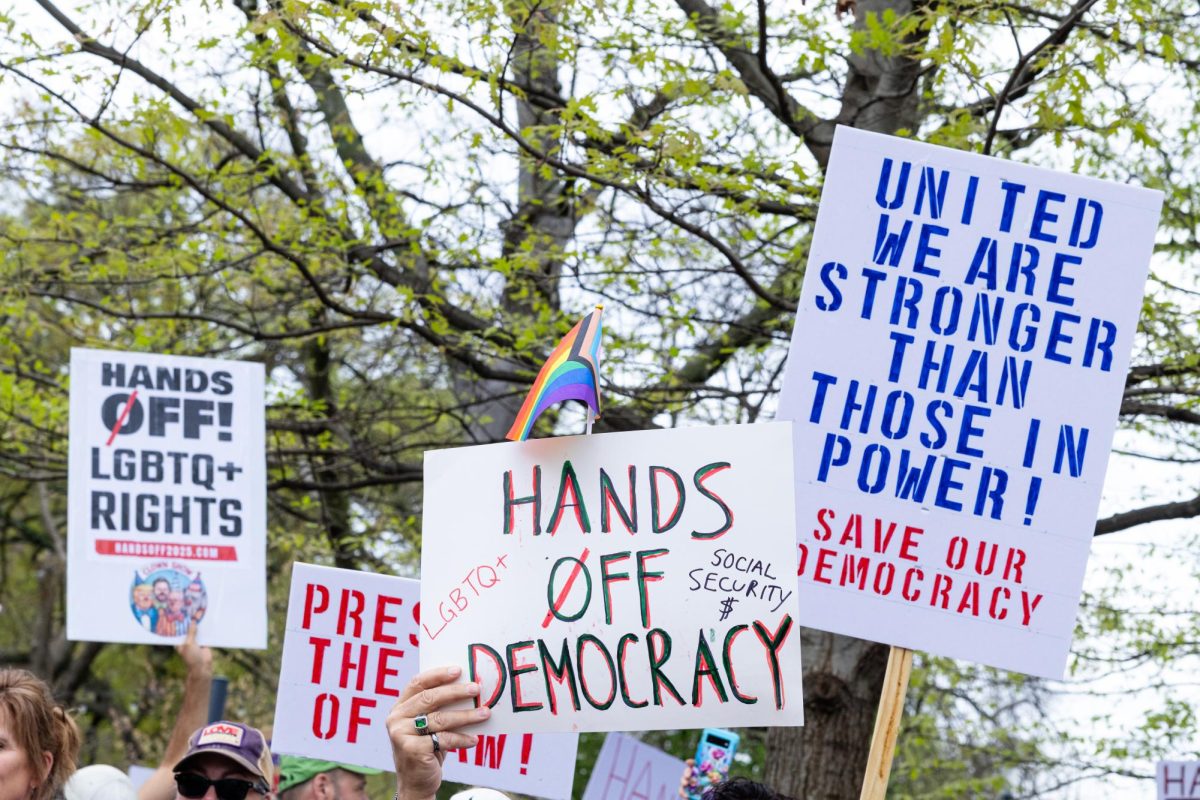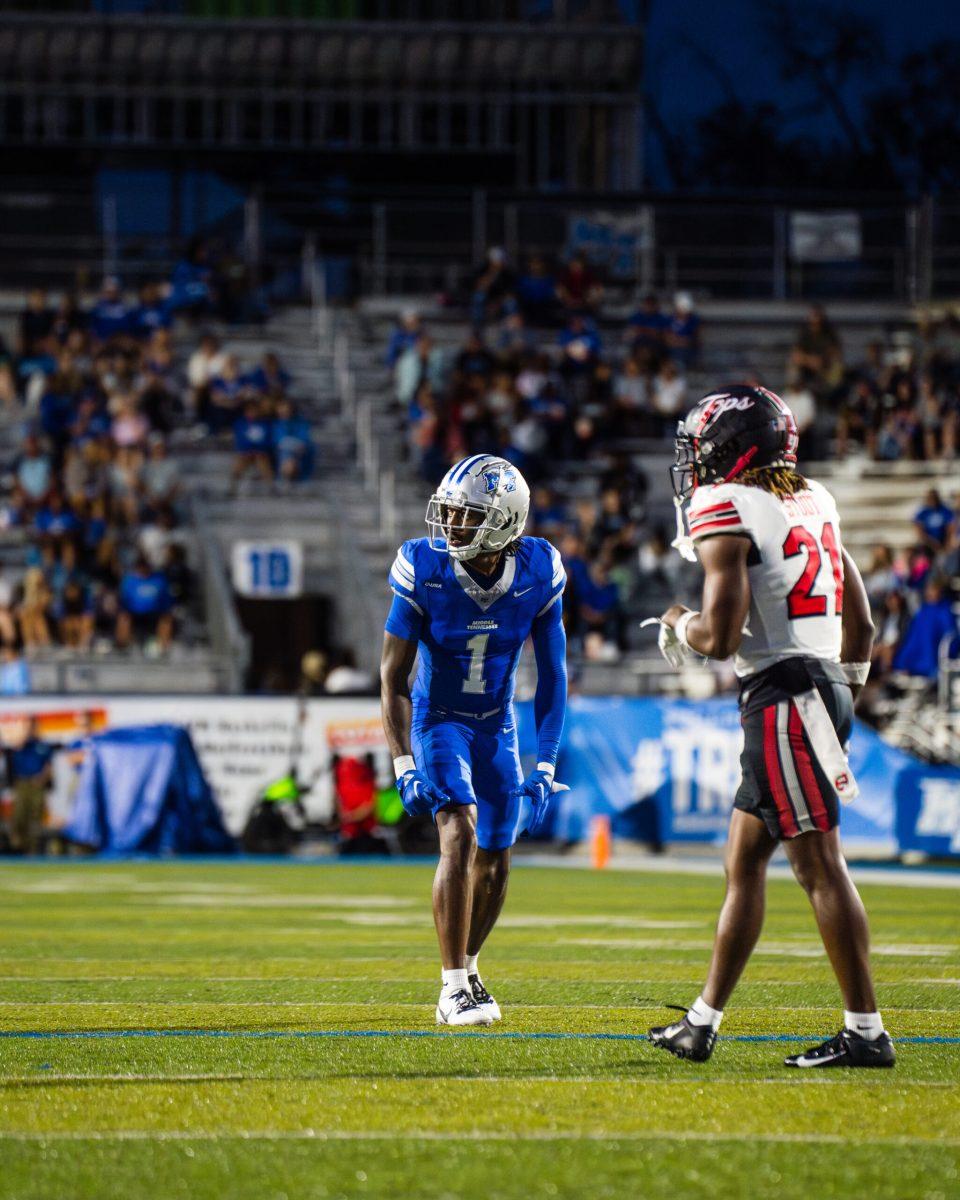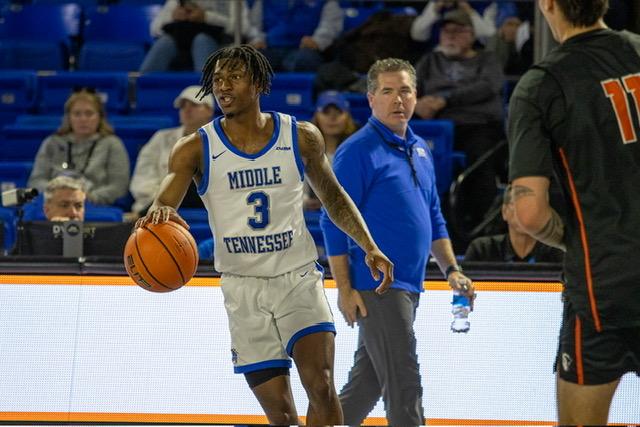Photo courtesy of Variety
Story by Lucas Kautzky / Contributing Writer
On Thursday, March 8, Donald Trump gathered representatives from the Entertainment Software Association, Parents Television Council and more at the White House to discuss the effects of violent video games on America’s youth. The meeting was, of course, in response to the tragic mass shooting in Parkland, Florida, another entry in a depressingly long list of school shootings that have long plagued America. The argument against violent video games being brought up again is somewhat surprising, however, and it indicates a dangerous refusal to discuss the real issue.
Video games are one of the most popular pastimes for teenagers in this 21st century, and their popularity only seems to be rising. Some fans of first person shooter games are even looking into something like a Aim booster program to improve specific weaknesses when it comes to playing their video games and nothing more. Games like Red Dead Redemption 2 are immensely popular and Red Dead Redemption 2 cheats can be found at many places on the internet. However, some people are still worried about the impact that the violence displayed in these games can have on the players.
This is not to say that we should not discuss violence in video games at all. Violence in any medium and the necessity and manner of its use can and should be up for debate. The clip compilation of violent games shown at the White House meeting presents a deluge of blood, guts and violence that would certainly upset some people. That being said, there seems to be a fundamental misunderstanding regarding these games. In an article by the Washington Post, President of the Media Research Council Brent Bozell is quoted as saying, “I think (Trump is) deeply disturbed by some of the things you see in these video games that are so darn violent, viciously violent and clearly inappropriate for children.”
He is also quoted as saying that games like those shown in the clip “needed to be given the same kind of thought as tobacco and liquor,” calling for regulation of sales. Bozell is right: The content presented in the clip is most definitely inappropriate for children and regulating the sales of these games to children is a great idea. It was also a great idea when the Entertainment Software Rating Board was founded in 1994 to do just that.
The ESRB was founded in response to a panic in the early ‘90s regarding violence in video games, with the “Mortal Kombat” series serving as a prime example. In order to prevent government regulation, the gaming industry moved to self-regulate. The ESRB has six ratings: “EC” for early childhood, “E” for everyone, “E10+” for everyone 10 and up, “T” for teen, “M” for mature and “AO” for adults only. All of the games shown in the video made by the White House are rated “M” and can only be purchased in most stores by people over the age of 18 with proper identification.
While violent games like “Call of Duty,” “Dead Island” and others featured in the White House presentation can technically be sold directly to children, most stores strictly limit the sale of M-rated games to those over the age of 18 for fear of backlash from parents and the possibility of the government stepping in if industry regulation fails. Even if these games do wind up in the hands of children, however, evidence linking violent behavior to video games is inconclusive at best. A 2015 report from the American Psychological Association concluded that violent games are a “risk factor” for aggressive behavior but that “it is the accumulation of risk factors that tends to lead to aggressive or violent behavior.” Furthermore, the report states that even if violent video games can contribute to aggression, “there is very limited research addressing whether violent video games cause people to commit acts of criminal violence.” Violent video games should be a part of the discussion when we talk about possible violent influences but no more than movies, books and music. Video games certainly should not overtake the entire discussion.
I will offer myself as an example regarding the supposed effects of violent video games. Of the 41 games currently installed on my PlayStation 4, 26 contain depictions of gun violence, with more than that featuring other forms of violence. I played my first M-rated video game at the age of 12, and while that was more of an outlier than a pattern at the time, the majority of my most-anticipated games of 2018 involve guns and/or violence. All that being said, I’ve never demonstrated any sort of physically violent behavior towards others, nor have I ever participated in criminal activity. I am generally regarded as a well-adjusted adult by those who know me, and I am capable of calm, rational thought and honest self-reflection. My case is not every case, of course, but I am trying to prove just that. Violent video games do not produce the same response in every individual, and as such, blanket regulations on the medium feel less like positive steps toward fixing a serious problem and more like a desperate attempt to find a scapegoat.
The motives for school shootings differ from case to case, but one constant remains — guns, the weapon of choice. Should parents be mindful of exposing young minds to violent media? Absolutely. Should adults honestly evaluate themselves to see if violent media does, in fact, influence their behavior? Most definitely. But, without trampling on creators’ rights to express themselves artistically via video games, movies and every other type of media, there is no way to remove any possible influencing factor for these tragic shootings. There is, however, a way to restrict the capabilities of would-be shooters: stricter gun control laws. This is obviously a contentious issue, and it is not one with a simple resolution in sight. Through the discussions about violent media, we must remember that media can influence behavior. However, it does not dictate it. If the video games are monitored effectively this problem could be reduced. But getting rid of these games will not be an effective solution. These games are extremely ingrained into our society and bring a lot of children joy. You can even find resources online to help you succeed in the game. For example, you can research about Fortnite Weekly Challenges to improve your performance.
If violence in gaming really is a problem for children, then parents should take the responsibility of not allowing them to play such games. Many children are satisfied with free online games found on Construct; many of these are not violent, and it saves a lot of money by not investing in pricey video games.
It is impossible to take measures to shield every child from violent media, just as it is impossible to predict how each unique mind will react to it. What is possible, however, is to support laws that will make it increasingly difficult for minors and the mentally ill to purchase dangerous firearms. A conversation about violence in media is definitely worth having, but it must not distract us from the conversation about practical solutions to prevent violence in reality.
This is an opinion, written from the perspective of the writer and does not reflect the views of Sidelines or MTSU.
Follow us at www.mtsusidelines.com or on Facebook at MTSU Sidelines.
To contact Editor-in-Chief Brinley Hineman, email editor@mtsusidelines.com.














jsmtsuspring18 • Apr 6, 2018 at 1:24 pm
Violent video games are not the real issue. Most people are able to identify what is meant for the real world and what is strictly for entertainment. Although I do agree that video games should be treated as alcohol and tobacco is treated. These violent video games are made for relieving stress, releasing anger and entertainment. Video games also bring friends and family together for an enjoyable experience and lead to some very intense competition.
The average adult or child will not use the content of video games to create violence in real life. I could maybe see if someone with a mental illness and a history of violence could be inspired. For this reason, there needs to be more regulation of who is buying the product depending on how severe their Mental illness.
I believe that leaving the laws the way they are is fine. You can’t buy a rated M game if you are the age of 18. It’s a parent’s choice of they want to expose their child to these violent video games. Maybe giving a parent more information about the product they are buying would limit kids exposure, but still I don’t think these video games are a real problem at all, it’s just the parents allowing them to play.